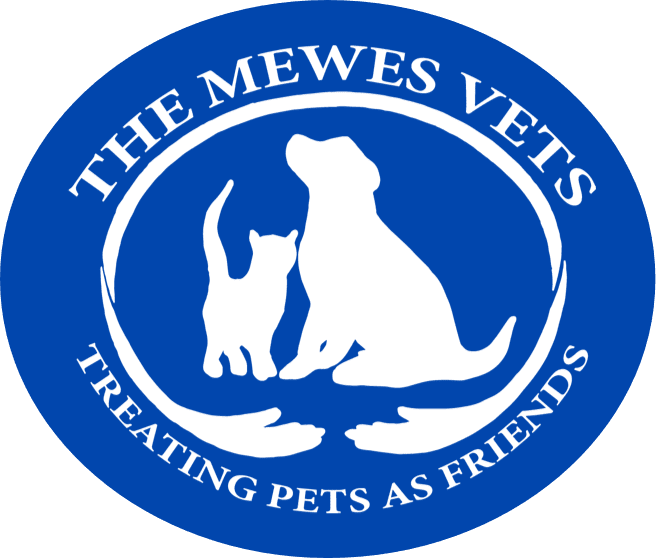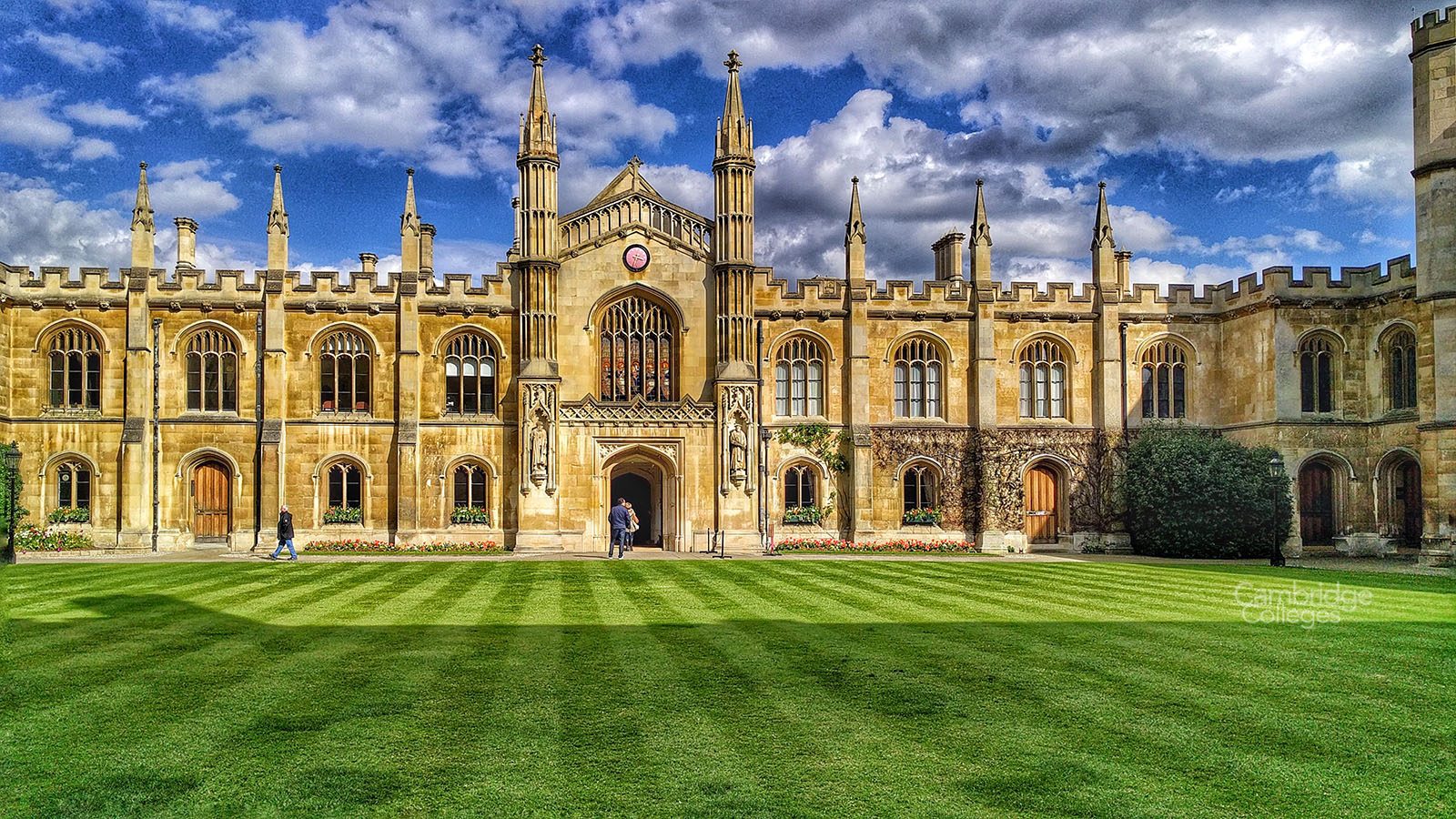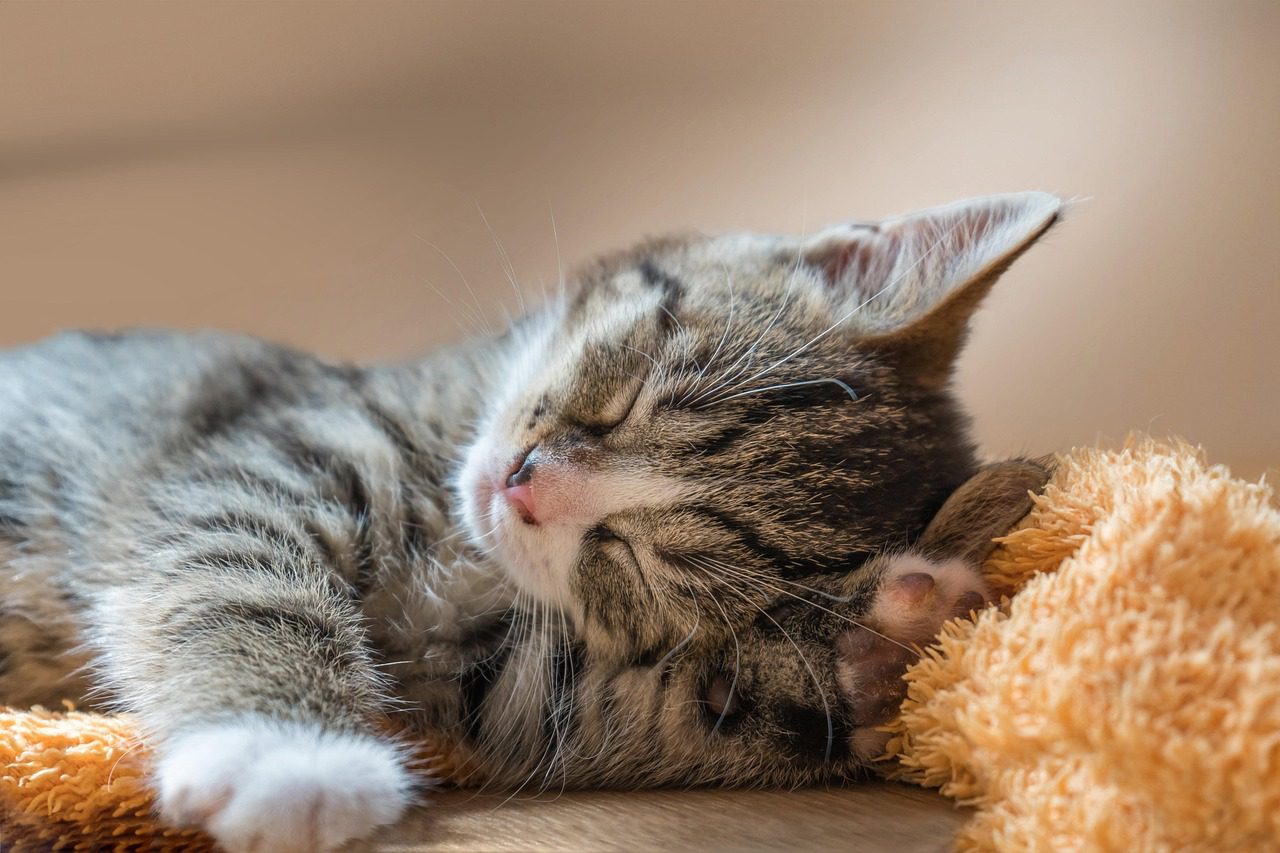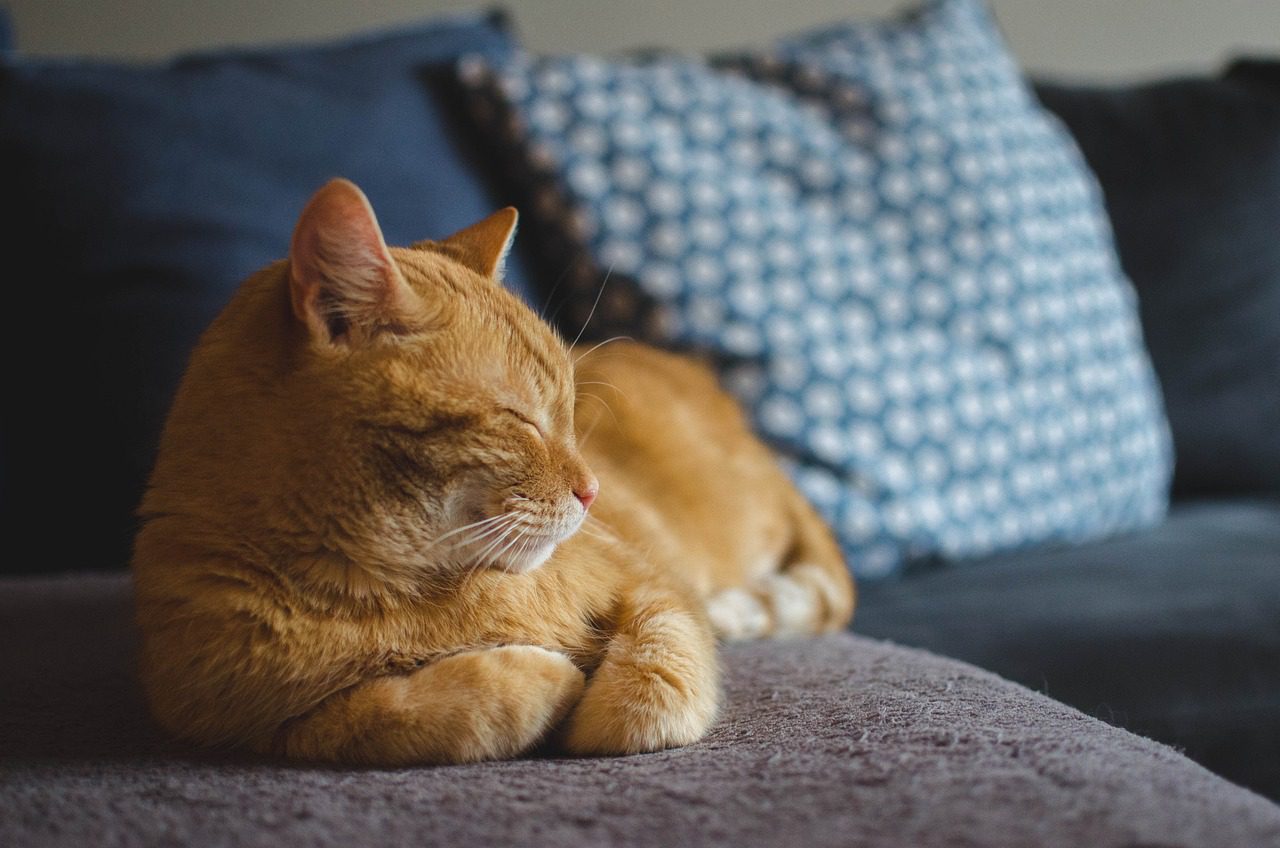My early zoo vet experiences taught me a lot about the newest treatment techniques at the time
“No, no! You can’t let her go just for a broken leg!”
I was a naive vet student lucky enough to be supposedly observing Richard Kock, the pioneering zoo vet at Whipsnade Zoo, but instead, I was interfering.
The goose was a not very rare specimen, and therefore not very valuable.
The problem, however, was that this one had broken her leg, and I had been given the task of steadying her in my arms whilst Richard examined her. I had felt her smooth soft feathers, stroked her breast and looked deeply into her intelligent bright eyes. How could I let her die now?
I begged for her life, knowing that I had no right to interfere. Fortunately for me – and the goose – Richard was interested in new methods of fracture repair, and decided that she could help him learn a new technique called external fixation.
We are now all quite familiar with seeing people with broken limbs supported by extraordinary ‘scaffolds’ of metal holding their broken bones in place. Back then – as this was in the 80s – this concept was in its infancy, and orthopaedic surgeons were interested in ways to manage fractures without using bone plates and tons of screws.
What I couldn’t know then, but subsequently learnt, was the special issues faced by birds with fractured limbs. They use the hollows in their bones to store air between breaths, allowing them to pass the air twice through their lungs, and keeping their bones super light for flight.
This means that putting metal through the bone could introduce infection directly into the lungs and possibly death by pneumonia. Also, as the goose is an aquatic bird, swimming with a repair on her leg was a very high risk problem.
Even so, Richard took on the challenge. He carefully inserted four pins through the bone, two above and two below the fracture. He then fixed them to each other using resin which was moulded to form the exterior scaffolding.
Incredibly she coped without swimming for two weeks, and being a bird, healed her bone very quickly. We removed the pins, and she returned to her gaggle without incident. It was only later in my training that I began to appreciate what a great job Richard had done.



